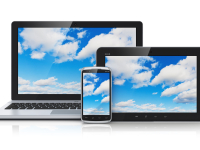If you’re a technology enthusiast like me, it’s always exciting bringing home a new PC, hooking it up, and hearing the fans purr as your new toy – I mean workstation – comes to life. Alas, that joy is soon to go the way of typewriter, relegated to past. Just like so many other services that are being moved to the cloud, so is your PC.
Rather than buy a new PC, you’ll just subscribe to one in the cloud from the likes of Microsoft 365 or Amazon. They’ll give you credentials and a link (in a minute we’ll discuss how you connect), and you’re on your new computer running the same software you do every day. This gives you tremendous flexibility. No longer will you have to wait years to upgrade your PC. If it’s running too slow for you, just bump up your subscription. Want more game graphics, just bump up your subscription. Summer starting and you’ll be spending all your time at the beach? Take your subscription down to the basics and save money until the summer ends, then bump it back up.
This “PC at a distance” concept has actually been around for decades, but it has been used mostly in larger companies using on-premise servers called Terminal Servers or Remote Desktop Services Servers (Even before that it was terminals connected to an IBM mainframe). There, users throughout the company would access these central servers to have a consistent desktop experience. Your local devices break? No problem! Just replace it with another, connect it, and you immediately have the exact same desktop and files you did before. No rebuilding your PC, no restoring from backup. In most of these cases, the people don’t even realize they are using a remote PC.
There are two main ways to connect to these cloud PCs. First, you can use a PC. I know what you’re thinking, why use a PC to connect to a PC? Well, because the PC you use locally can be very minimal. An old PC or entry level PC will easily connect to a high-powered cloud PC. It takes considerably fewer resources and CPU power to be a connection device than performing full breadth computer tasks. That leads us to the second way, a specialty device that is specifically made for just being a connection between your keyboard/mouse/monitor, and your Cloud PC. This device is typically called a Thin Client, but it can go by other names too. These can be as low as about $125 each. But more importantly, they don’t need all the maintenance/security/updates/backups that a PC does.
Need to be mobile? Laptops too can be connection devices to your cloud PC. Although you need internet access, you typically don’t need that much bandwidth. Just a couple Mbps is typically enough. There are mobile versions of Thin Clients that will allow you to automatically connect as soon as you put in WIFI credentials. Even the iPad and Android tablets can be used to connect to and drive your cloud PC.
As you can imagine, there’s a lot of activity in this area right now, with different companies offering different components of this option. But in the end, if done right, this can provide considerable cost sayings to a business, even out cash flows, while also giving considerable flexibility to adjusting computing power based on current needs.
If you are interested in moving any of your desktops to the cloud, please give us a call. Even if it isn’t a good time now, it’s good to start familiarizing yourself with the concept. Because, just like email in cloud, its coming.
Robert Hood
CEO & Founder
SpotLink

